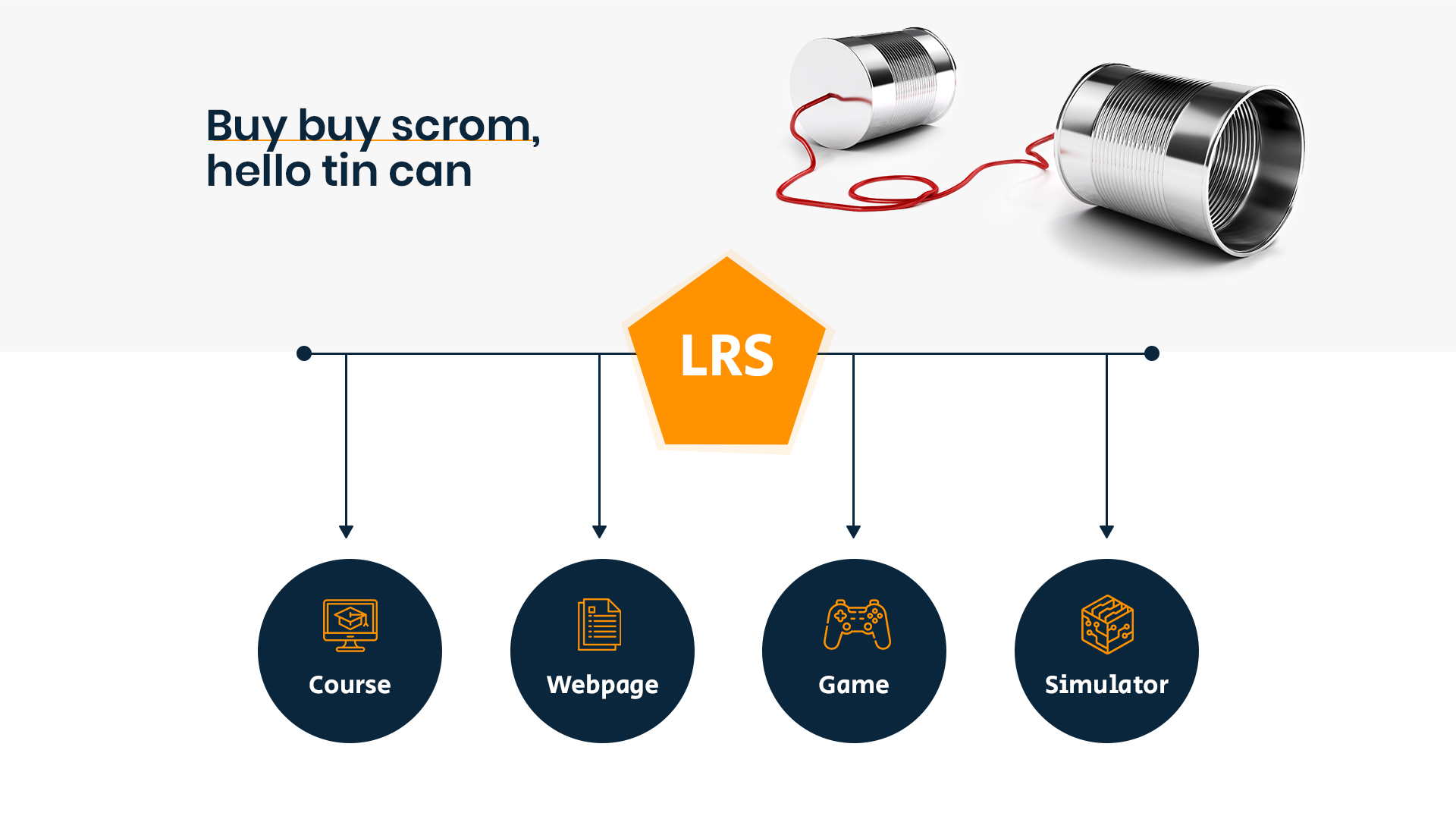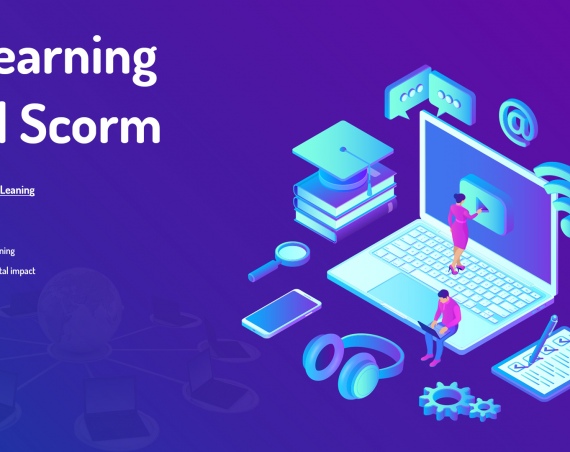
The Tin Can API is commonly referred to as “The Experience API” and “Next Generation SCORM.” SCORM (Sharable Content Object Reference Model) is a e-learning standards for packaging e-learning content to be delivered to LMSs.
It allows learning content and learning systems to speak to each other in a manner that records and tracks all types of learning experiences. Learning experiences are recorded in a Learning Record Store (LRS). LRSs can exist within traditional Learning Management Systems (LMSs) or on their own.
There are several drawbacks to SCORM. The Tin Can API allows for several new capabilities that SCORM didn’t, such as:
- Increased the scope of e-learning by Taking outside of the web browser
- E-learning in native mobile applications
- More control over learning content
- Solid security using Oauth
- Platform transition (start e-learning on a mobile device, finish it on a computer)
- The ability to track games and simulations
- The ability to track real-world performance
- Team-based e-learning
- Tracking learning plans and goals
What Is A Learning Record Store (LRS) ??
A place to store learning records.
The LRS is a new system that goes hand in hand with the Tin Can API. As Tin Can-enabled activities generate statements, they’re sent to an LRS. The LRS is simply a repository for learning records that can be accessed by an LMS or a reporting tool. An LRS can live inside an LMS, or it can stand on its Own.
See how leaning data is delivered to LRS
The data stored in an LRS can be accessed by LMSs, reporting tools, or other LRSs, and can be stored as individual learning records and/or entire transcripts. An LRS can limit who can read and write learning records, but doesn’t have to.
SCORM and other e-learning standards only store a certain amount of learning data. Tin Can allows for the LRS to store nearly everything, which means better reporting and a much more accurate picture of learners..
An LRS can live inside an LMS and use the LMS’s reporting tools to make meaning of the LRS’s data, or it can live on its own with its own reporting tools. LRSs can share data amongst themselves, so learners and data can be transferred from one organization to another. Statements can also be sent to multiple LRSs (think “I want to record my training in my own personal LRS as well as my employer’s LRS.”)

